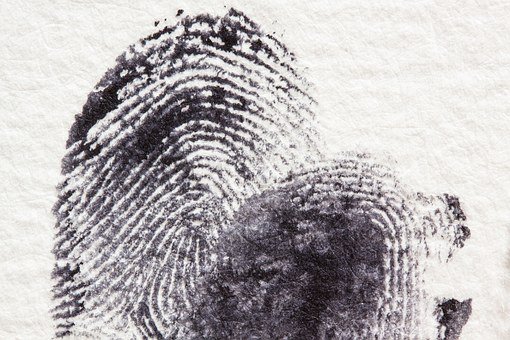Homicides and Accidental Death Cases Can Be Hard to Differentiate, But There Are Key Ways to Determine the Manner of Death
A loved one’s death is an emotional event for anyone to endure – especially when the death was sudden and unexpected. There are many unanswered questions that loved ones want to know to heal and have closure from the incident. However, one of the biggest questions that is often in a person’s mind when a loved one dies suddenly under questionable circumstances is, “was this an accidental death or was it homicide?”
This is a critical question for medical professionals, law enforcement, and investigators to answer. Although cases tend to vary by complexity, there are some key components that help determine if the person’s manner of death was a homicide staged to look like an accidental death or even suicide.

Understand What Constitutes a Homicide and an Accidental Death
When a person’s death is ruled a homicide, this means that there is evidence or reason to believe that the person’s death was intentionally carried out by another person. In most instances, homicide is a premeditated crime. On the other hand, accidental death is a manner of death that is unintentionally caused by the victim or another person.
When investigating a potential accidental death, having a private investigator experienced in Death investigations can help bring clarity to the circumstances and situation to determine if a person’s death was truly accidental or deliberate.
Examining the Cause of Death
The cause of death is the specific injury, disease, or bodily failure that caused the person’s death – heart attack, internal bleeding, suffocation, etc. In many instances, the cause of death can help investigators determine if the crime scene was staged or matches witness statements.
For example, a person found in a house fire might be quickly assumed to have accidentally died in the fire – cause of death smoke inhalation. However, after closer examination, medical professionals do not find smoke in their lungs, which means the person’s cause of death happened before the fire occurred.
As a death investigator, this is a telling sign that the manner of death may not be accidental due to a house fire but rather a homicide. Even investigating the cause of the house fire can indicate to us whether the fire was set intentionally or was an accident.
Forensic and Crime Scene Evidence

Assessing the crime scene can provide key indications of the events that lead up to the person’s death. From sweeping for fingerprints to evaluating the corpse’s position, there are several different aspects law enforcement and investigators look at when examining the scene. Additionally, we examine the scene to determine whether the scene looks staged to appear to look like an accidental death or was indeed an accidental death.
For example, if the cause of death was a head fracture from a slip and fall, we assess the scene to determine if the way the body was posed would have been possible by the angle by the way the scene shows where the slip happened and how the person fell. Additionally, we look around for any possible forced entry or evidence of a second person being in the home around the time of the incident.
With careful examination and attention to detail, we have worked with several cases where we have found that a corpse was staged to appear as though the death was accidental. One way we determine this is whether the rigor and lividity matches the position in which the body was found. This could lead to determine if the body was moved or not, which makes a difference in its death classification.
[RELATED: The 5 Manner of Death Classifications]
Statements from Family, Friends, and Potential Witnesses
Often, some indicators can foreshadow a potential homicide case. For example, if friends and family members have similar statements that the victim’s ex-husband has a history of domestic violence. Information such as this provides us insight into potential suspects and open new aspects into the case. This is especially true when a person involved in the victim’s death declares the death was accidental to receive a lesser sentence.
Statements from neighbors can also provide us insight into any suspicious activity or visitors to the home. Any information that we receive can be useful for determining the manner of death. In this instance, these statements can help us determine if it was indeed an accidental death or a possible homicide.
Think a Loved One’s Death was a Homicide? Speak to an Investigator Before It’s Too Late
Although law enforcement does their best to provide the most accurate information regarding a person’s death possible, some cases have been rushed to close or not thoroughly investigated. If you think a loved one’s accidental death was a homicide or want the case investigated further, speak to a licensed and experienced death investigator today.
Chilton Gibbs & Associates are licensed and certified death investigators here to assist in your death investigation case. For more information, use our contact form to schedule a free consultation. We will help you get the answers and closure you deserve.








1 Comment